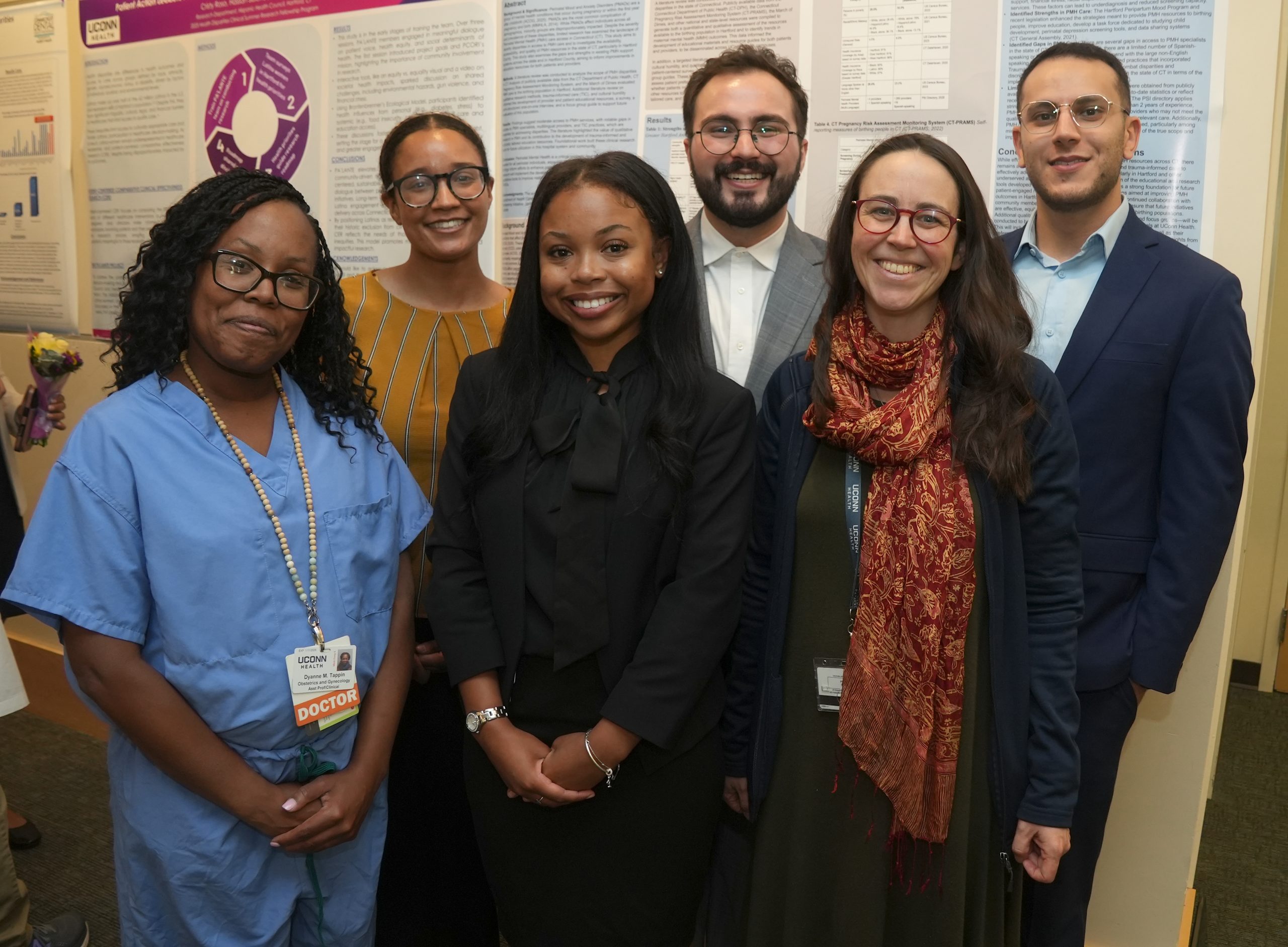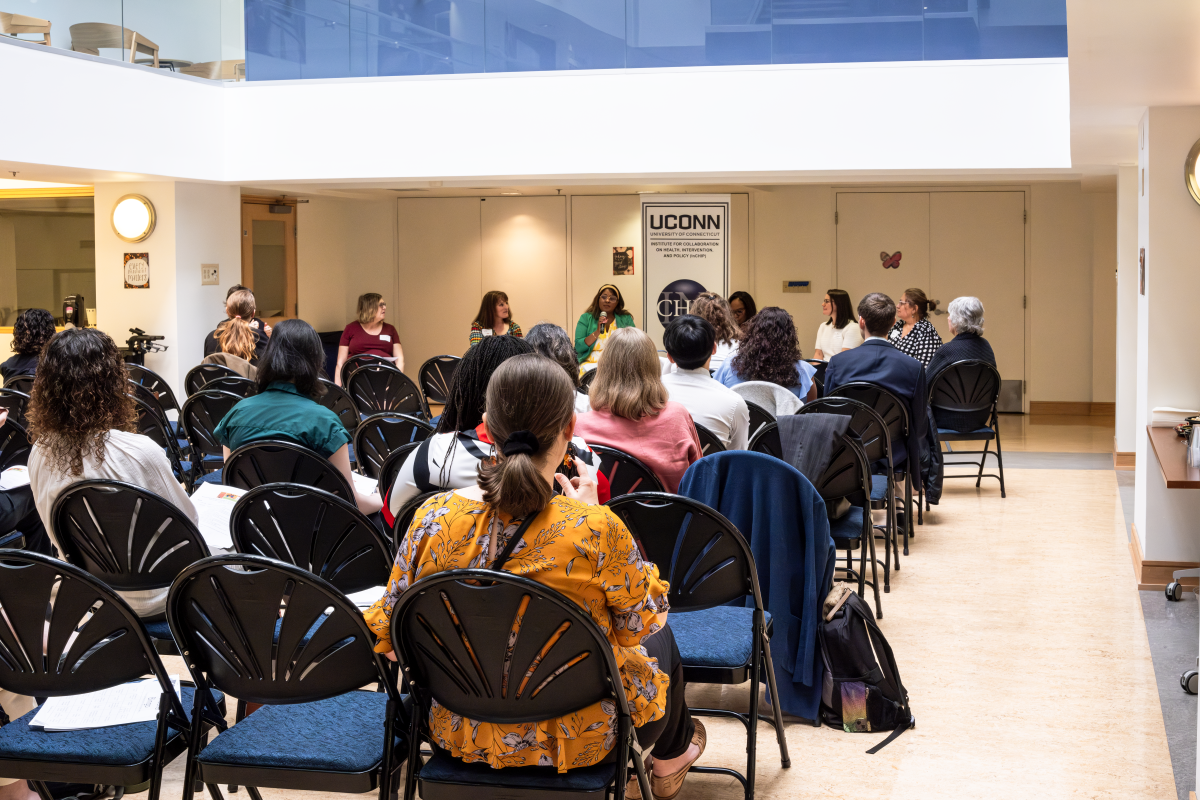Some Senescent Cells Heal, Others Hinder
Lengthening life by eliminating old, inflammatory cells is a tantalizing idea, but anti-aging researchers suspect it’s oversimplified. Now, University of Connecticut researchers confirm in the Nov. 13 issue of Nature Aging that aged, inflammatory cells are diverse, and some play important roles in the body.
Scientists call aging, inflammatory cells senescent cells. Senescent cells no longer reproduce, have damaged DNA, and tend to create inflammation. It’s well known they contribute to aging-related diseases such as diabetes, dementia, and cardiovascular disease. And researchers at the UConn School of Medicine and elsewhere have found that periodically purging them from animals such as mice considerably lengthens their lives.
But senescent cells aren’t useless. Other research has found that they encourage wound healing, for example.
Now, UConn School of Medicine gerontologist Ming Xu and MD/Ph.D. student Nathan Gasek, graduate student Junyu Zhu, and postdoctoral researcher Pengyi Yan describe how to distinguish between senescent cells that speed wound healing and senescent cells that hinder it. Their report shows detailed evidence that not all senescent cells act the same.

The researchers looked at two populations of senescent cells: one set highly expresses the gene p16 and the other highly expresses p21. Past experiments have shown that if you purge either of these senescent cell populations, mice live longer. But another study has shown that p16 cells help mice heal cuts on their skin. However, the role of p21 cells in wound healing is largely unknown.
Xu’s lab took young adult mice with a cut in the skin on their backs and selectively removed p21 cells from these mice. They found that the wounds healed about 25% faster in female mice (though not in males.) That’s the opposite effect of p16 cells. Additionally, they found that p21 cells tend to be cell types from connective tissue, skin, and the immune system, and have a distinct pro-inflammatory profile, all of which is distinct from p16 cells.
“Senescent cells are not homogenous. They have different characteristics and functions, and might be very different in many ways,” Xu says. He serves as assistant professor in the UConn Center on Aging and the Department of Genetics & Genome Sciences.
The investigators hope their study can bring attention to others in the field about the diversity of cellular senescence and the importance of thoroughly evaluating the roles of various senescent cell populations across a broad spectrum of conditions. The next step in this research will include investigating the role of p21 cells in wound healing with diabetes or aging, as well as developing new drugs to target specific senescent cells to treat specific conditions.
Latest UConn Today
- Incoming UConn Medical Students Get Hands-On Summer Research ExperienceFor the first time the Health Career Opportunities Program of UConn Health offered matriculating UConn medical students summer research opportunities.
- Partnering with Communities to Improve HealthInCHIP’s Community Engagement Research Core’s latest networking event offers insights for successful community research partnerships
- Study Highlights Higher Rates, Risk Factors for Non-Fatal OverdosesA new opioid overdose study has identified several key risk factors associated with non-fatal overdoses drawing from a sample of people who use opioids in New Haven
- Archiving for Justice, Truth, and Memory: Unpacking the Baggage of What Went BeforeReflections on the importance of the newest addition to UConn’s ICTY Digital Archives, the Srebrenica Genocide Archives Collection.
- Multiple Sclerosis Patient Sees Bright FutureFrom unheard to understood
- UConn AUKUS Scholars Explore Undersea Vehicle Technology, International Collaborations in AustraliaFive College of Engineering students studied systems thinking and interdisciplinary teamwork essential in modern undersea vehicle development













